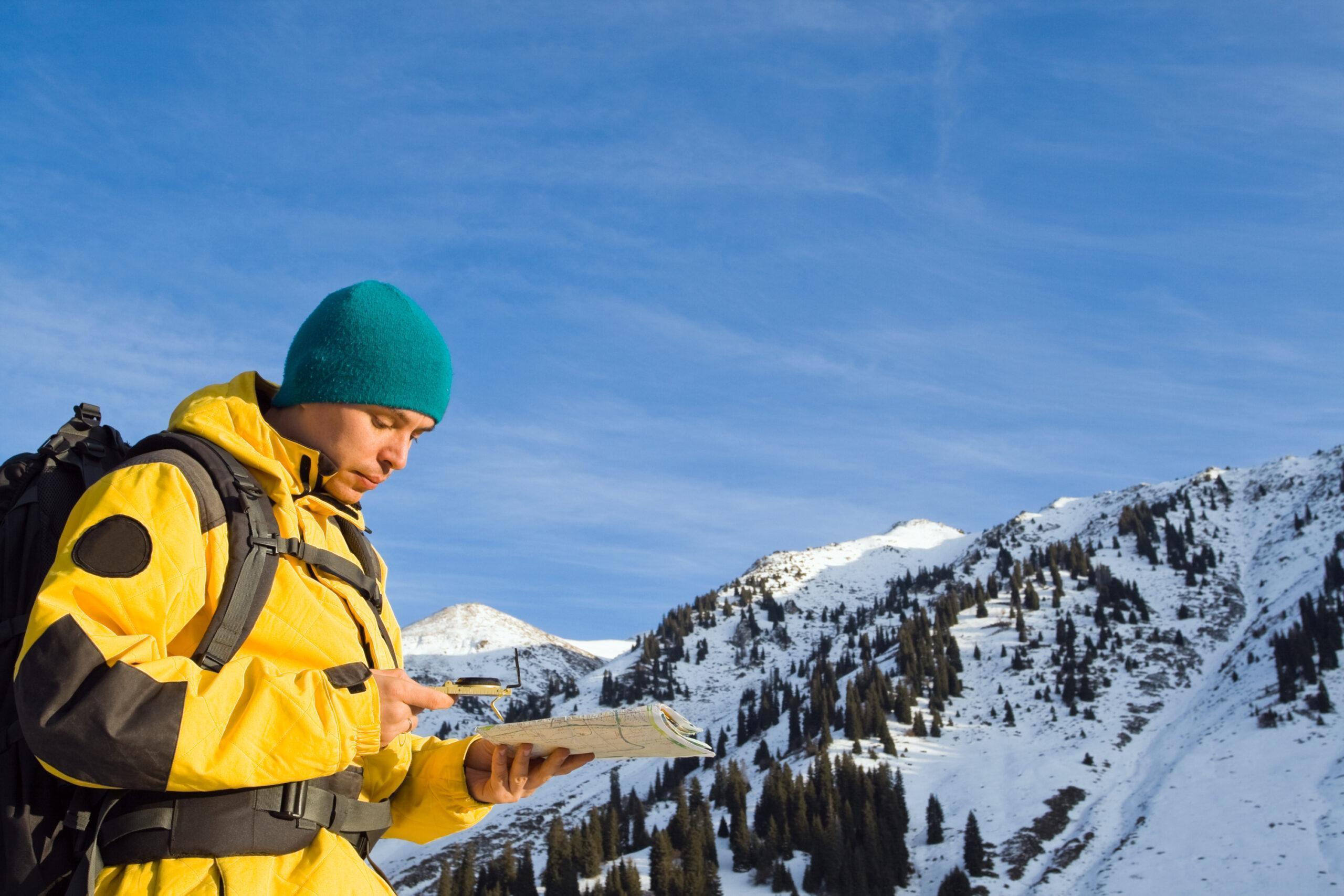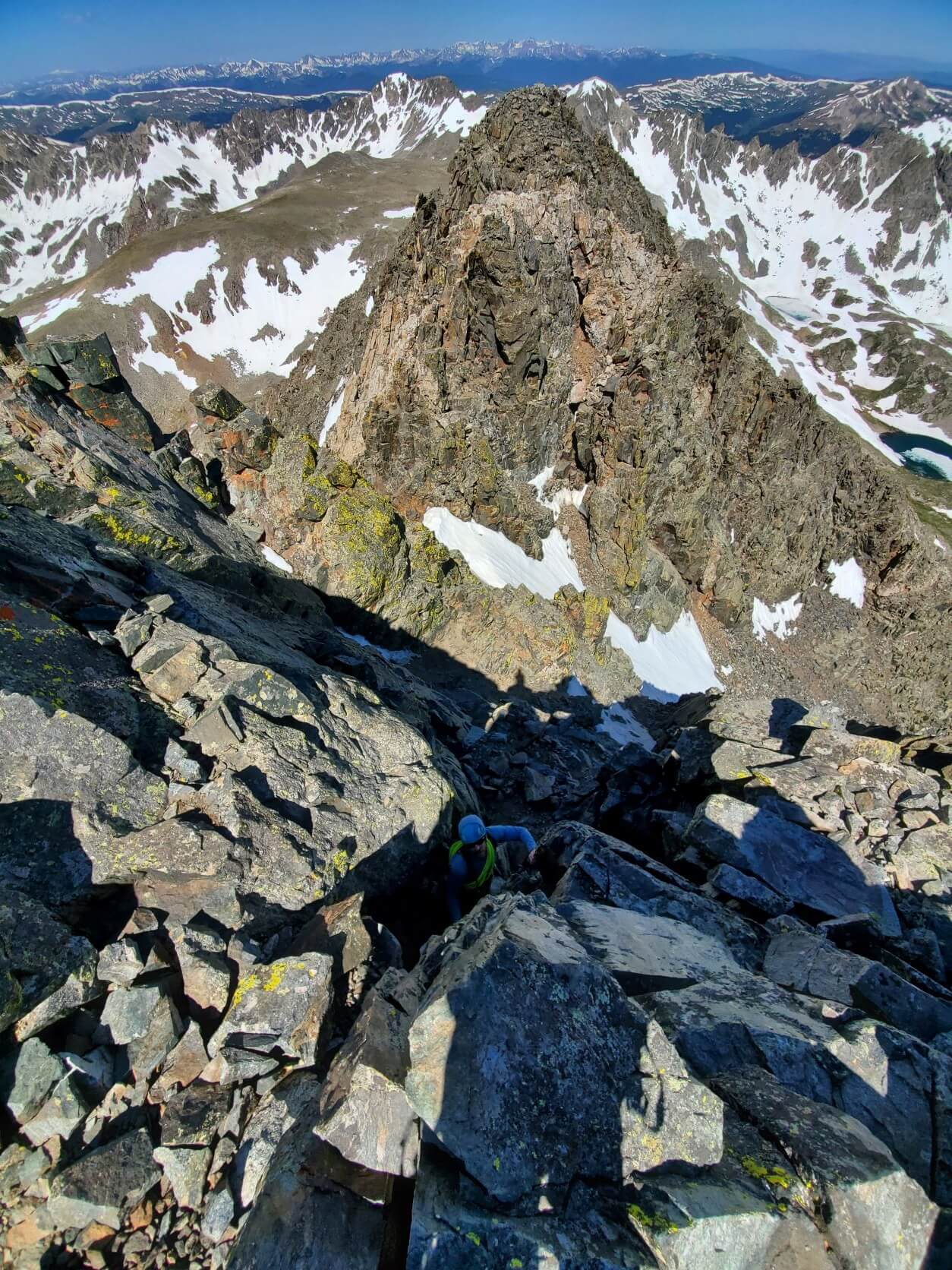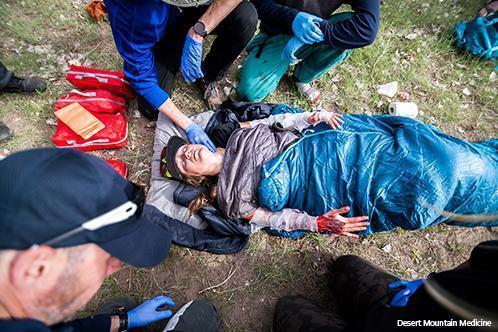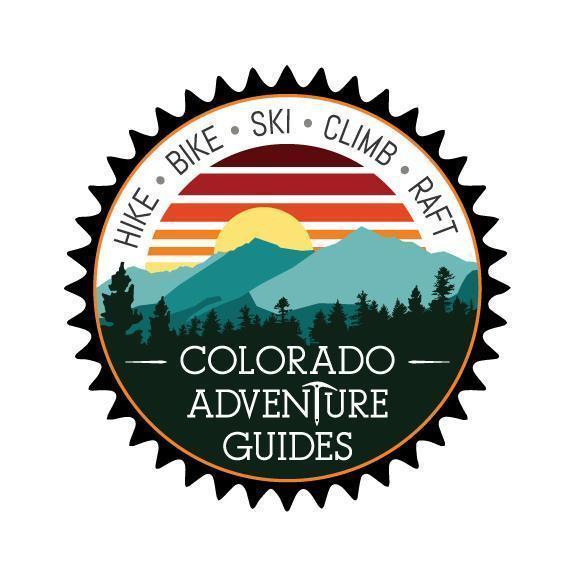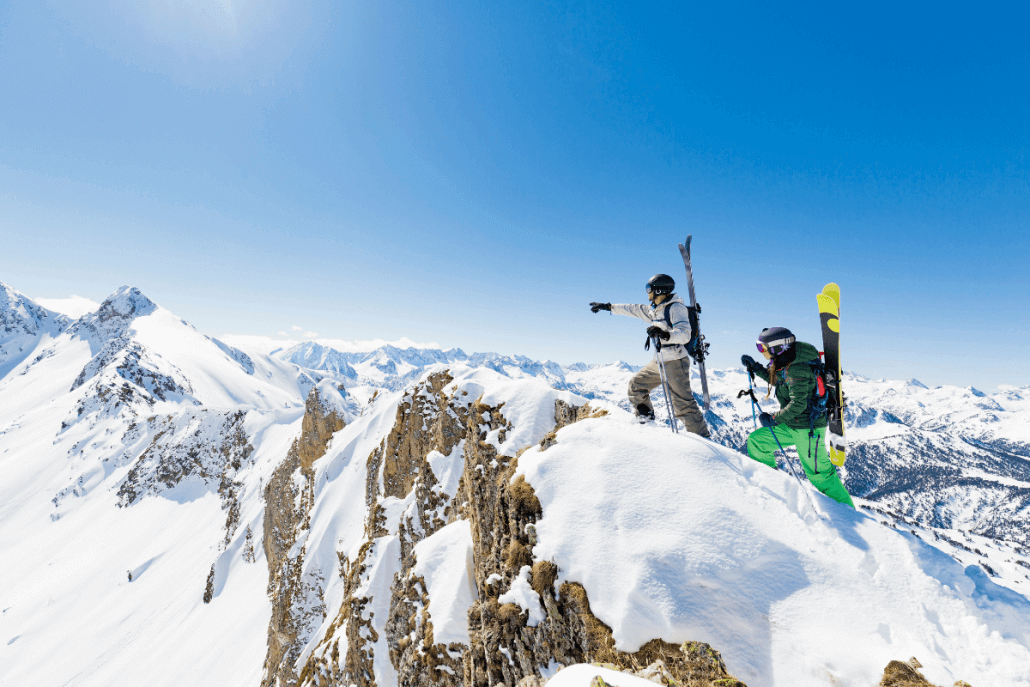
Living the Dream – Reflecting on a Guide’s Life
Recently, I was asked to write about what it is that I love about guiding. Why do I enjoy leading folks, who have little or no experience, into the wilderness. It seems like such a simple question, but I really had to stop and think about it, in an effort to prevent myself from responding in cliché. Yes, of course, I love being outdoors, I enjoy physical activity, and exploring in the mountains, and I get to do all of this for work. “Living the dream,” is a common comment when asked what I do for a job. But, one must look deeper into the dream to really understand it.
Now, I’m not saying that working as a guide isn’t a “dream” or at least some iteration of it. I do, however, believe that, like in many things, the reality gets drowned by the glorification of how it appears on the surface. I get to spend tons of time outdoors doing really fun things. I ride my bike for money. I backcountry ski thousands of vertical feet of powder…and they pay me. But, let’s be honest for a moment, I know and have met hundreds of guides over my 15 or so year career, and not a single one of them is monetarily rich. And, without going too deep into qualifying the term ‘rich’, let’s just assume I’m referring to the money that is exchanged for services provided, which one would then use to sustain life in a contemporary society. Obviously, there are other forms of payment in this field, see above. I’ll start considering them in my definition of ‘rich’ as soon as my landlord and the supermarket begin accepting them as forms of payment. None of us are getting rich in this field. In fact, of all of the guides I have met and worked with over the years, every single one of them has at some point, or still does, live in a truck, camper, cabin, or tent in order to survive on a guide’s salary. A large part of this lends itself to the ‘guides lifestyle’ of simplicity, having few needs, and being resourceful. In summary, we’re not doing it for the money.
Of course, I can only speak for myself and I’ll have to provide some background. I grew up in the Adirondack State Park in northern New York State. At 6.5 Million acres, it is the largest State Park in the country. It was preserved and deemed “Forever Wild” just few years after President Grant created Yellowstone National Park and it helped pave the way for the creation of national and state parks across the country and the world. The Adirondack Park was home to some of America’s first mountaineers and mountain guides. These rough and tumble, bearded and stoic, mountain men were the idyllic image of a guide. They introduced city-folk to the beauty of their home by hiking, rowing, hunting and fishing within the boundaries of the park, even 60 years before the park itself was established. As a child, I was intrigued by these characters whose old grainy portraits donned the walls of our public library. I’m not sure I ever said to myself that I want to be a guide, but the combination of the environment in which I was raised and personality sort of landed me in the field, if even unwittingly.
It takes a certain person to be a guide. I believe it begins with the innate trait of being a leader, a self-starter. It requires confidence, resourcefulness, resilience, patience, physical and mental strength, interpersonal skills, thick skin, risk management, etc. That doesn’t even include the technical skills required for each discipline. There’s only so much one can do to develop the necessary character traits and perfecting the technical skills takes years and requires spending most of your days off in practice. It’s not a show up, clock in, do the work, clock out, type of job. You must live it, day in and day out.
So, why do I do it? I enjoy being an educator. The side of the job that often gets overlooked is that, as guides, we have the unique opportunity to share knowledge with our clients. My goal, each day that I am in the field, is for my clients to leave having learned something. I may be able to share some technical skills, pass on some knowledge about flora and fauna or geology, or chat about conservation philosophy and policy and how that relates to our ability to recreate in the outdoors. It’s about furthering their appreciation for the beautiful places that they have paid me to show them. It’s about sharing my deep and genuine appreciation for open spaces, mountains, rivers, wildlife, and so on with an, albeit, small number of people in the grand scheme. But, if I can reach them in a way that they in turn influence someone who perhaps didn’t possess a true appreciate of the outdoors, I feel I have done a small part in protecting what is so vital to my being and in a much larger sense, the survival of our natural environment. I get to be an advocate for the wilderness.
Confucius says, “Choose a job you love, and never work a day in your life.” Guiding is hard work. Sure, it can be fun and extremely rewarding. It can also be challenging to every part of your being. It requires dedication and focus. So, in essence, a job is a job. But, my job is pretty rad and I love it.

